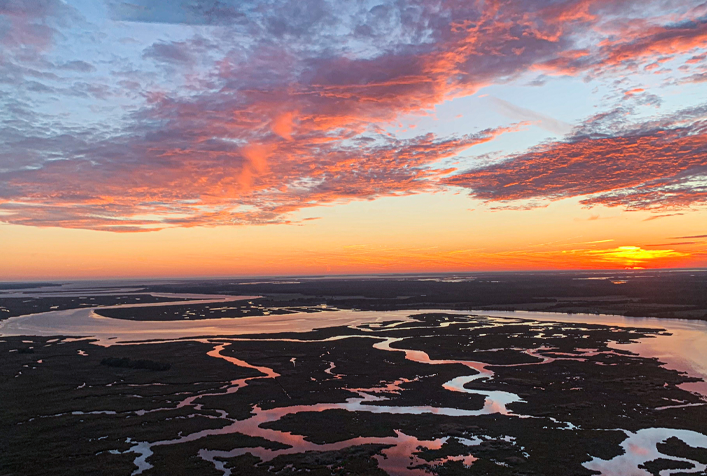Chesapeake Bay TMDL Compliance Assistance

Project Brief
The Challenge
The Chesapeake Bay is the largest estuary in the United States. Its watershed, which includes parts of six states and the District of Columbia, provides habitats and supports both recreational and commercial activities. The Bay’s health is negatively impacted by excessive nutrients, many of which enter the Bay via stormwater runoff. To help protect the Bay, the U.S. Environmental Protection Agency established a Chesapeake Bay Total Maximum Daily Load (TMDL), which sets an upper bound for the total allowable amount of pollution in the Bay. Regulatory authorities issue permits to municipalities, facilities, and operations within the Chesapeake Bay Watershed to help track and reduce pollution entering the Bay. As a result, many federal agencies have properties in the Chesapeake Bay Watershed that are covered under stormwater permits—typically municipal separate storm sewer system (MS4) permits. An agency’s MS4 permit will often require the agency to implement pollution reduction measures to help improve water quality in the Bay. Fulfilling these reduction requirements can be complex, requiring technical expertise, long-term planning, and financial commitment.
ERG's Solution
ERG water quality experts have helped federal agencies comply with their site-specific Chesapeake Bay TMDL requirements for over 10 years. This work typically includes assessing baseline pollutant loads and then identifying strategic opportunities—such as green infrastructure or street sweeping—that can be implemented over several years. In one example, ERG performed a GIS-based green infrastructure opportunities analysis to assess the most cost-effective pollutant reduction strategies to meet an agency’s permit requirements. For agencies that have decided to install technologies or other practices (such as green infrastructure) to improve water quality, ERG provides guidance and reviews during the concept, planning, and design phases, and we inspect installed practices to ensure they function as intended and confirm they can be counted toward Chesapeake Bay TMDL crediting requirements. We also track sites’ cumulative pollutant reductions and develop the annual reporting documents agencies must submit to permitting authorities. Our experts work with clients to assess potential hurdles and prioritize activities in often-challenging financial climates with many competing site management priorities. They stay abreast of evolving stormwater regulations, best practices, and technologies so that they can help federal agencies consider and implement the most effective solutions.
Client
Multiple federal agencies